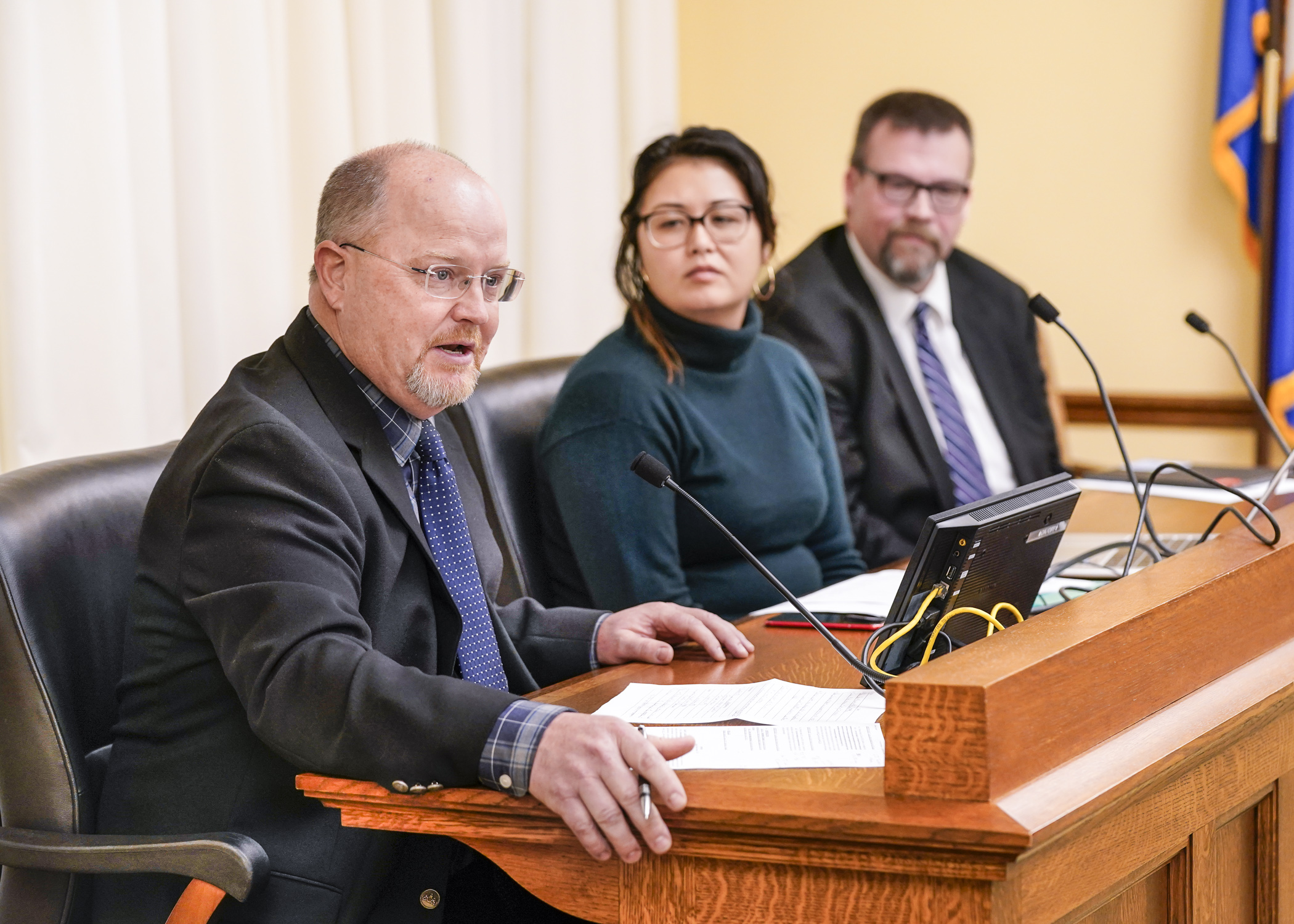Additional proposed spending on career, technical education in MN schools gets warm House reception

Not every Minnesota student is destined for a four-year college. Many want to pursue a job in the trades. But preparing them for these vocations could require an increase in funding for career and technical education at the high school level.
“We know that students need to leave our K-12 system with skills and real-world experiences, and a plan for what they want to do after high school,” said Rep. Samantha Sencer-Mura (DFL-Mpls).
To that end, she sponsors HF1082, which would increase state aid to local school districts to cover 50% of eligible expenditures related to career and technical education. The current reimbursement rate stands at 35%.
The House Education Finance Committee heard the yet-to-be-determined spending request on Thursday, laying it over for possible omnibus bill inclusion.
Career and technical education encompasses more than just auto mechanics, plumbers, and electricians. It spans a wide variety of hands-on fields, including agriculture, health sciences, family and consumer sciences, construction, and manufacturing.
Or, as Troy Haugen, president of the Minnesota Association for Career and Technical Education Administrators, told the committee, “Nearly everything you depended on this morning is in some way, shape, or form originated in a secondary CTE program.”
For many students, these classes are where they discover their passions and unlock their potential – but lack of funding is preventing schools from keeping up with demand.
“We need to promote these programs in our schools, said Mike Harvey, superintendent of Zumbrota-Mazeppa public schools. “Our kids are crying for these programs; our kids need these programs.”
Meanwhile, student enrollment is up year over year in the agriculture courses taught by Joshua Munoz at Como Park Senior High School in St. Paul.
‘Which is a very good and bad thing because I’m only a one-teacher program,” said Munoz. Increased state aid would allow the program to grow by hiring more teachers.
Referenced throughout the hearing was the fact that back in the 1980s, the state did cover 50% of the costs related to career and technical education. Advocates believe this was fair back then, and it would be fair to return to a 50% reimbursement rate now.
The proposal was met with enthusiastic support on both sides of the aisle.
“I truly appreciate this bill,” said Rep. Pam Altendorf (R-Red Wing). “The more that we can show [students] the options, it presents these life skills for them to move forward.”
Related Articles
Search Session Daily
Advanced Search OptionsPriority Dailies
Speaker Emerita Melissa Hortman, husband killed in attack
By HPIS Staff House Speaker Emerita Melissa Hortman (DFL-Brooklyn Park) and her husband, Mark, were fatally shot in their home early Saturday morning.
Gov. Tim Walz announced the news dur...
House Speaker Emerita Melissa Hortman (DFL-Brooklyn Park) and her husband, Mark, were fatally shot in their home early Saturday morning.
Gov. Tim Walz announced the news dur...
Lawmakers deliver budget bills to governor's desk in one-day special session
By Mike Cook About that talk of needing all 21 hours left in a legislative day to complete a special session?
House members were more than up to the challenge Monday. Beginning at 10 a.m...
About that talk of needing all 21 hours left in a legislative day to complete a special session?
House members were more than up to the challenge Monday. Beginning at 10 a.m...